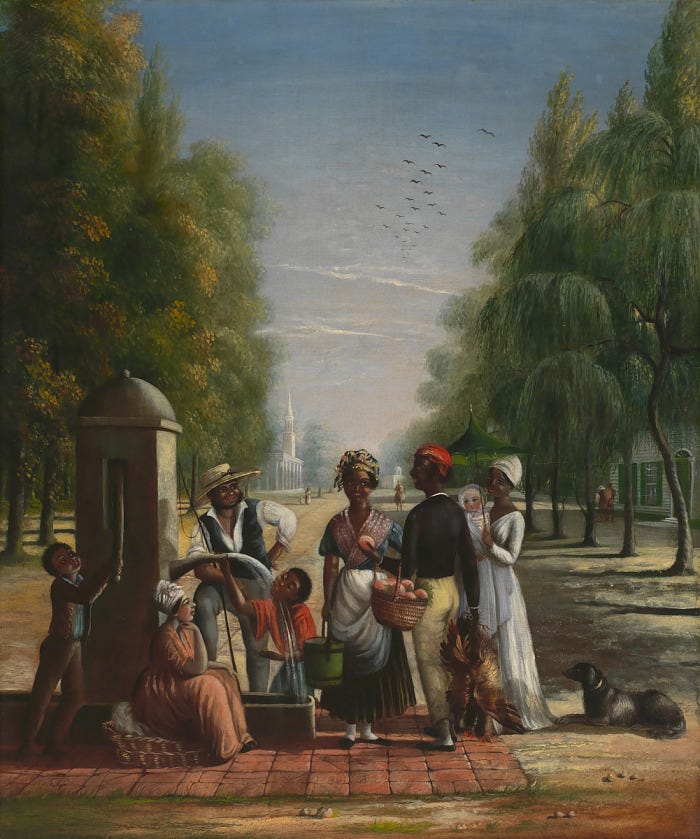Review of Helg "Slave No More." (2019)
Aline Helg, trans. Lara Vergnaud, Slave No More: Self-Liberation before Abolitionism in the Americas (Chapel Hill, NC: University of North Carolina Press, 2019)

Aline Helg, a Swiss historian who focuses on the role of race, slavery, and emancipation in the Americas in her work Slave No More focuses on the strategies that enslaved people took to find freedom prior to the rise of the abolition movement. She argues that by utilizing a “long term comparative study” that scholars can see the success of four different means of seeking freedom. These four means were flight and marronage, Emancipation through official documentation, military service, and lastly revolt.
Throughout her book Helg is careful to emphasize the differences across cultures of the Americas. Slavery was not the same across the New World, however across the board the patterns of resistance were similar across time. The importance of Helg’s work is decentralizing revolt in favor of other forms of freedom seeking. First, she illustrates that marronage was the most popular form of freedom seeking. She notes that as European colonies expand deeper into the interior there is less room for maroon communities, thus driving other forms of freedom seeking.
Her third chapter is devoted to manumission, both through self purchase and through military service. While these manumissions did not challenge property rights of slaveholders, it also instilled the ideal that work lead to progress and freedom. Importantly, Helg emphasizes the role that the wars of empire had in driving manumissions as European powers sought aid in defending their colonial possessions. Imperial needs thus outweighed the needs of slaveholders.
In Chapters Four Helg argues that revolts “only existed in the frightened imaginations of colonial elites and numerous whites.” She suggests that revolts, though popular in historical literature, were not as common and only came when the possibility of success was apparent. This argument pushes back on a trend in academic literature to highlight violence as a means of resistance. While I think Helg’s argument has merit, I wonder if she is too dismissive of some of the “almost” begun revolts, particularly in areas that had a higher concentration of newly arrived enslaved people.
In her final chapters Helg argues that as revolutions and abolitionism changed the shape of the Atlantic world, enslaved people shifted in how they sought freedom. Enslaved people took advantage of the conflicts such as the American Revolution and French Revolution provided opportunities to join military forces and also, in the case of St. Domingue, allowed for the enslaved population to produce a successful revolt.
An important concept that Helg highlights is the role the success of the Haitian Revolution (the uprising in St. Domingue) played in future revolts. She argues that most enslaved people do not rebel because rebellion does not make sense. However, in those cases where slave revolts did occur they did not seek to completely destroy the society, but rather they sought to force colonial regimes to grant empancipation, just as the original revolt in St. Domingue had achieved.
Overall, this was a fascinating book that provided a broad view of the Atlantic world. While at times the author misses some of the nuances of the various revolts, overall this book avoided some of the challenges of wide studies in making too many generalities.
Robert Swanson



